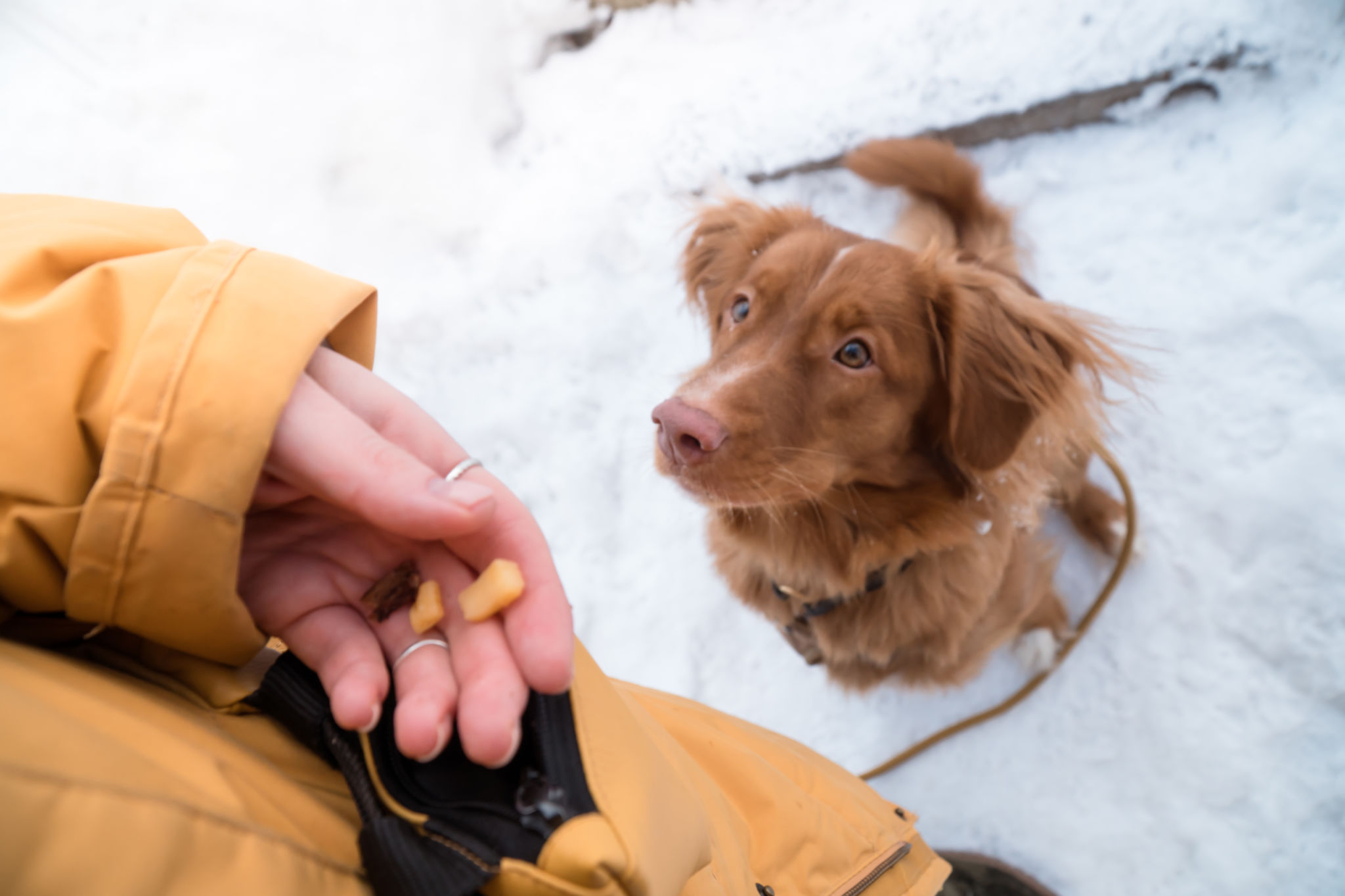DIY Dog Training Tips for Beginners
Understanding Your Dog's Behavior
Training your dog at home can be a rewarding experience, especially if you're familiar with their natural behaviors. Understanding why dogs behave the way they do is the first step in training. Dogs communicate through body language, vocalizations, and actions. Being observant of these cues can help you address issues effectively and build a stronger bond with your furry friend.
It's important to recognize that dogs thrive on consistency and routine. Setting a regular schedule for your training sessions can make a significant difference. This not only helps in establishing a routine but also creates a sense of security for your dog.

Essential Training Commands
Starting with basic commands can set a solid foundation for more advanced training later on. The most essential commands include sit, stay, come, and down. These commands are not only useful for everyday interactions but also crucial for your dog's safety.
When teaching these commands, use positive reinforcement techniques. This involves rewarding your dog with treats or praise whenever they perform the desired action. Positive reinforcement encourages repeat behavior and makes the learning process enjoyable for your dog.
Using Treats and Praise
Treats are an excellent motivator during training sessions. However, it’s important to use them wisely. Offer treats immediately after the desired action to reinforce the connection between the command and the reward. As your dog becomes more proficient, gradually reduce the frequency of treats while increasing the use of verbal praise and affection.

Socialization is Key
Socialization is a critical aspect of dog training that should not be overlooked. Exposing your dog to different environments, people, and other animals can significantly improve their behavior and adaptability. A well-socialized dog is less likely to develop behavioral issues like anxiety or aggression.
Start socialization early, ideally when your dog is still a puppy. Organize playdates with other dogs, take walks in different neighborhoods, and introduce your dog to various noises and sights. Remember to keep these experiences positive and stress-free.
Dealing with Common Challenges
Every dog is unique and may present different challenges during training. Some common issues include excessive barking, chewing, or jumping on people. Addressing these problems requires patience and consistency.
For instance, if your dog barks excessively, determine the cause—whether it's boredom, fear, or territorial behavior—and address it accordingly. Redirect their energy with toys or activities, and use commands like "quiet" followed by a reward when they comply.

Patience and Persistence
Training a dog is not an overnight process; it requires time and dedication. Be patient with your dog and yourself as you navigate the learning curve together. Consistency is key—daily practice will yield better results than sporadic training sessions.
If you find yourself struggling, consider seeking help from professional trainers or joining a local training class. These resources can provide valuable insights and support as you continue your DIY dog training journey.
Conclusion
Embarking on the journey of DIY dog training can be both challenging and rewarding. With the right approach, patience, and dedication, you can successfully train your dog while strengthening your bond. Remember to celebrate small victories along the way and enjoy the process of teaching and learning together with your canine companion.
